The locos of Cranbrook
cranbrook model-railways narrow-gaugeCranbrook arrived with a generous selection of locos, maybe even too many for an operating session on a fairly small layout, but it’s nice to be able to have a bit of variety.
Most of the steamers are going to need a varying amount of TLC, generally they use life-expired Lima or Mainline mechanisms which will need replacing so there will be a few “projects” to keep me busy. I’ve been able to get a fair bit of information about them from the Railway Modeller articles on both High Weald layouts, which is mentioned below as appropriate.
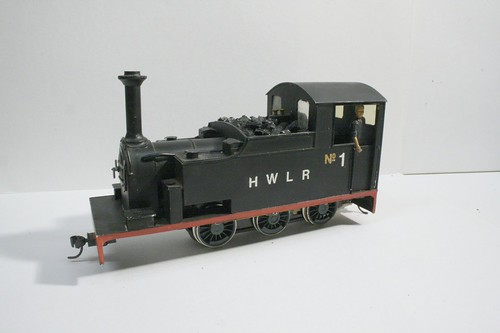
HWLR No. 1
One of the smallest steam locos, and missing cylinders, connecting rods and front pony truck. A quick return to service could be achieved by adding tramway-style side skirts, but that would suggest a portion of roadside running on the HWLR and I’m not quite sure where this would fit in on the map.
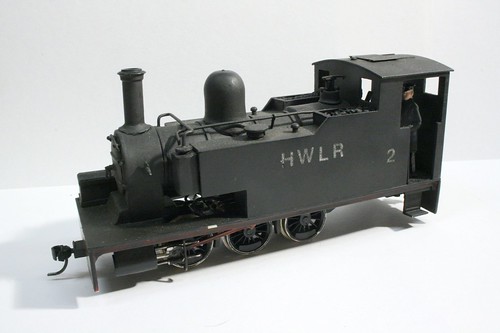
HWLR No. 2
A well-weathered O-6-2T, with elements of Hunslet design and a good level of detail. As you can see, the rear pony truck is no longer attached, but the mechanism seems to run well so this will be an easy one to return to full working order. This dates back to Hawkhurst, it is visible in some of the photos in the Railway Modeller article of June 1991.
HWLR No. 3
There currently is no number 3, but the RM articles on both layouts show it is once being held by a Sierra Leone Hunslet 2-6-2T, a Vulcan kit. As it happens this is one of my favourite narrow gauge locos, I managed to get hold of an unbuilt kit earlier in the year. With the arrival of Cranbrook, there is a good chance this will now be turned out as the new No. 3 if I can muster up the courage to build it.
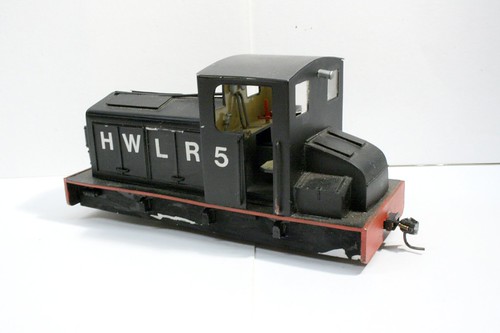
HWLR No. 5
A simple diesel design, running on a Mainline 0-6-0 chassis although with coupling rods removed to make it a 0-4-2, presumably to help it round the tighter curves. The lump behind the cab gives the appearance of a gearbox casing, a common arrangement on early diesel locos. The current side frames are simple, but a bit more detailing around the axleboxes should really set it off.
The RM article on Cranbrook from April 2003 also shows a Wrightlines W.D. Balwin carrying the number 5, but unfortunately it is no longer with the layout.
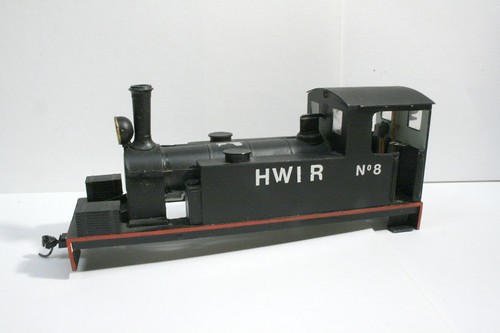
HWLR No. 8
Obviously the least together of all the locos included with Cranbrook, but also with significant potential. The design seems derived from the Hunslet locos of the Irish Tralee & Dingle line, a good choice for a rural English line with similar common-carrier character. A replacement chassis – from a Bachmann BR Standard tank – is available so I’ll have to see if it will fit.
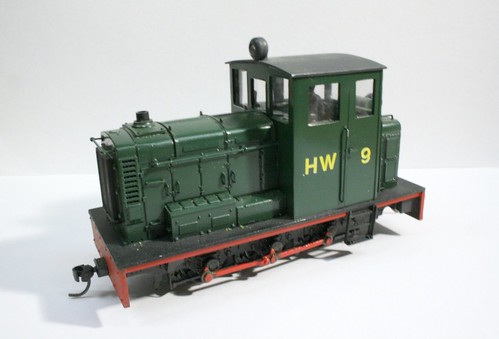
HWLR No. 9
A chunky diesel mechanical loco converted from an OO scale Bachmann class 08 shunter. The conversion process was covered in the May 2003 issue of Railway Modeller. Although the result is well proportioned and the mechanism is a well regarded one, the 4mm scale origins seem a bit out of place and modern alongside the others in the fleet – especially as the layout is meant to be set in the late 1940s. A bit more subtle work may be required in the future.
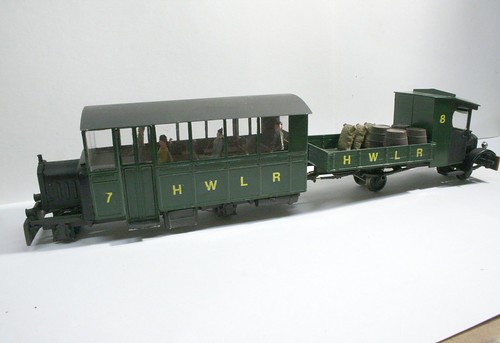
Railcar set 7/8
The combination of a railcar and a goods carrying counterpart is very much in the spirit of the Colonel Stephens light railway empire, and first appears in the Cranbrook RM article. The railcar half is the powered unit, and built from a MTK kit. The lorry half is adapted from a Corgi diecast van. It runs slowly, without much power but a great railcar growl and was intended for the Hawkhurst-Cranbrook shuttle service.
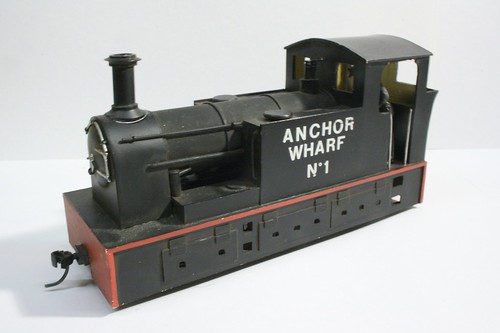
Anchor Wharf No. 1
This attractive tramway-style loco dates back to at least Hawkhurst, if not further. Anchor Wharf was, I’ve been told, related to a Chatham MRC layout along with the narrow gauge Mudway (sic) Valley Tramway which also explains the existence of MVT lettered rolling stock. This loco is on a fairly well life-expired Lima chassis, and a long way from home at Cranbrook, but appealing enough to revive in due course.
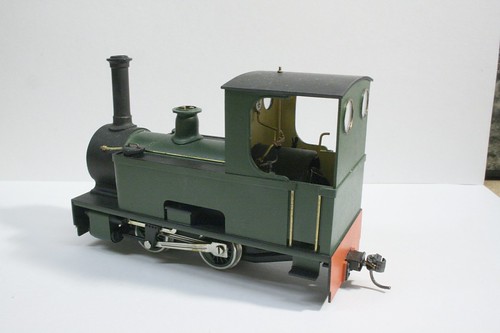
Unbranded 0-4-0T
I’m not certain of the origin of this loco, as it doesn’t appear in any of the RM article photos and the mechanism seems fairly new. Also mysterious, as it doesn’t bear any manufacturer’s imprint. However it is well detailed, especially in the cab interior and runs well.
- Previous: Realignment
- Next: Where nothing ever happens